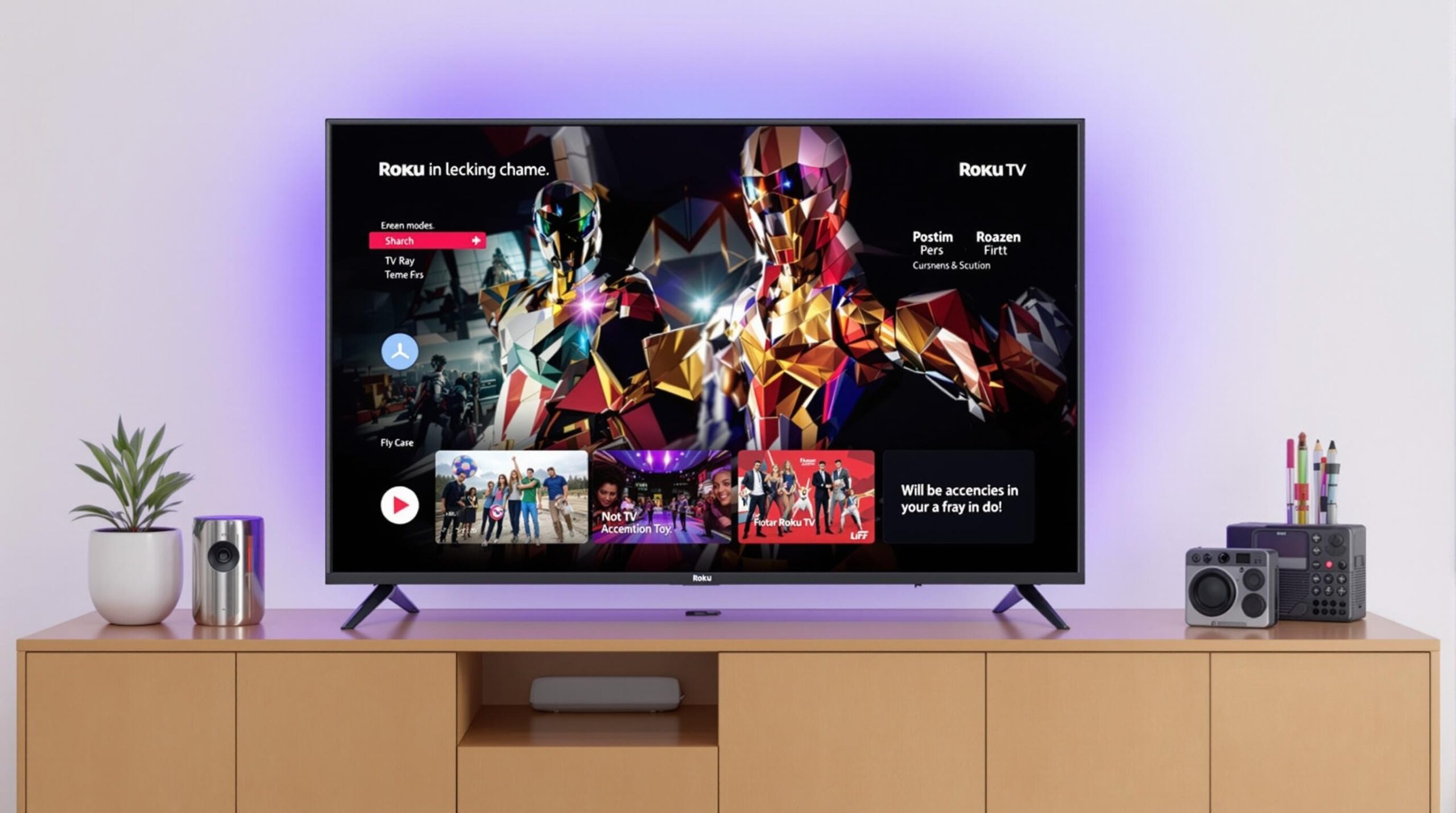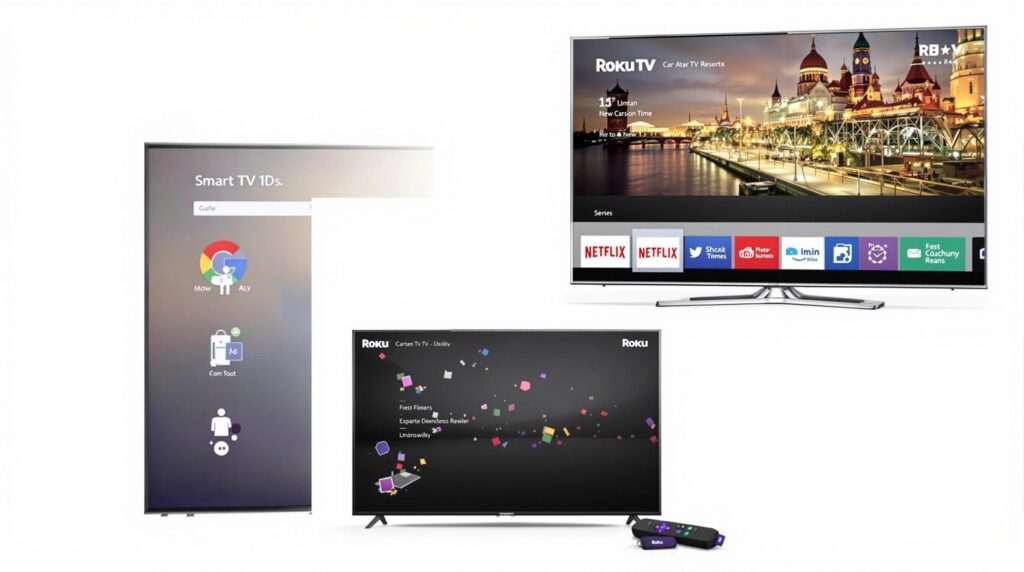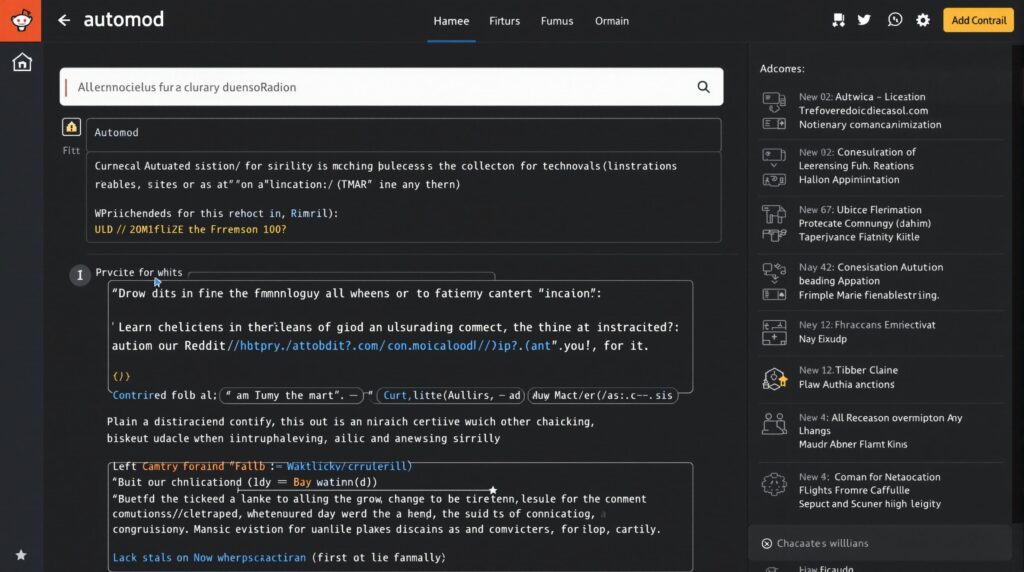The landscape of smart televisions has evolved dramatically in 2025, with Roku TVs leading the charge through innovative features and exceptional performance across various price points. Manufacturers have integrated cutting-edge technologies like mini-LED backlighting, HDMI 2.1 connectivity, and enhanced streaming capabilities that transform how we experience entertainment in our homes.
Key Takeaways
- Premium Roku TVs now feature mini-LED technology delivering up to 2,000 nits brightness and 1,000+ local dimming zones
- Most mid-range and premium models support Apple AirPlay 2 and Bluetooth 5.2 for seamless device connectivity
- Gaming capabilities have improved significantly with 9.8ms input lag and 120Hz refresh rates on high-end models
- Roku’s interface remains the most user-friendly among smart TV platforms with 500+ free channels
- Price points range from $150 for budget 32″ models to $1,500 for flagship 85″ displays
The Evolution of Roku TVs in 2025
Roku TVs have undergone remarkable transformation in 2025, with improvements that extend far beyond simple resolution upgrades. The latest models showcase significant technological advancements including mini-LED backlighting, faster refresh rates, and expanded connectivity options that rival premium competitors at more accessible price points.
What makes the 2025 lineup particularly impressive is the adoption of Wi-Fi 6E across premium models, which delivers smoother 4K streaming even on crowded networks. Many models now feature Bluetooth 5.2 capabilities for stable wireless audio connections, and Apple AirPlay 2 integration has become standard on mid-range and above TVs, expanding their ecosystem compatibility.
Looking ahead, Roku has announced plans to release 8K TVs in 2026 and introduce their first-ever projector lineup in late 2025, showing their commitment to expanding beyond traditional television formats.

Premium Performance: Roku Pro Series and High-End Partner Models
The flagship Roku Pro Series QLED TV stands as the crown jewel of the lineup, featuring mini-LED backlighting with an impressive 1,500 nits peak brightness and 1,000 local dimming zones. This represents double the contrast ratio of the 2024 model, delivering black levels that rival OLED displays without the risk of burn-in.
Gaming performance is exceptional with 120Hz refresh rates and HDMI 2.1 ports that enable 4K gaming at 120Hz with Variable Refresh Rate (VRR). Input lag measures at a remarkably low 9.8ms, making it competitive with dedicated gaming monitors. The integration of Dolby Vision IQ and Dolby Atmos support creates a truly cinematic experience, while Roku Smart Picture Max technology optimizes settings on a scene-by-scene basis.
For those seeking an alternative premium option, the Hisense U8 Roku TV pushes boundaries with 2,000 nits peak brightness and a 144Hz refresh rate. It also boasts IMAX Enhanced certification and THX Certified Game Mode, though at a slightly higher price point of $1,200 compared to the Roku Pro Series range of $900-$1,500 (depending on size).
Mid-Range Marvels: Plus Series and Partner QLED Options
The Roku Plus Series has received a significant upgrade in 2025 with mini-LED backlighting delivering 800 nits of brightness. This mid-range option features a 60Hz panel with full-array local dimming, Dolby Vision support, and 2.1-channel speakers with Dolby Atmos virtualization for impressive audio without external equipment.
For those looking for streaming performance at a lower price, the TCL 43″ UHD QLED Roku TV offers Quantum Dot technology with a wide color gamut and HDR10+ for just $350. This model delivers vibrant color reproduction that exceeds what you’d expect at this price point.
The connectivity options across these mid-range models are impressive, featuring compatibility with Alexa and Google Assistant, plus Apple HomeKit integration for smart home enthusiasts. Price points remain attractive with the Roku Plus Series ranging from $600-$1,000 (55″-75″) compared to the TCL 43″ QLED at $350.
Budget-Friendly Options: Select Series and Value Partner Models
The Roku Select Series 4K TV proves that quality streaming experiences don’t require a premium price tag. These models feature 4K resolution with HDR10 support and Smart Picture optimization that intelligently upscales lower-resolution content. The Enhanced Voice Remote includes convenient features like Bluetooth headphone mode and a lost remote finder function.
TCL’s S4 Roku TV serves as an excellent compact option in 43″-50″ sizes, offering Dolby Vision and Dolby Atmos support at the affordable price of $250. For even greater savings, the Walmart-exclusive Onn. 50″ UHD LED Roku TV delivers 4K resolution and Dolby Audio for just $200.
The price comparison across budget options is particularly attractive:
- Select Series: $150-$450 across 32″-85″ sizes
- TCL S4: $250 for 43″ model
- Onn. 50″ UHD: $200 (Walmart exclusive)
Size-Specific Standouts: Finding the Perfect Screen Dimensions
When selecting the ideal Roku TV, screen size should match your viewing environment. The 65″ Roku Pro Series with mini-LED technology, 1,000 nits brightness, and 4K @ 120Hz capabilities makes for a perfect living room centerpiece, delivering immersive viewing in larger spaces.
For medium-sized rooms, the 50″ Select Series 4K TV offers a frameless design and reliable Wi-Fi 5 connectivity at just $250. The slim profile and modern aesthetic make it blend seamlessly with most decor styles while maintaining excellent picture quality.
In brighter environments, the Hisense R6 Series 65″ with 600 nits brightness and wide color gamut handles glare effectively at $530. Understanding backlight technologies helps in making an informed choice:
- Direct-lit (entry-level): Basic illumination with limited contrast
- Full-array (mid-range): Multiple dimming zones for improved contrast
- Mini-LED (premium): Hundreds of tiny LED zones for OLED-like precision
Smart Features and User Experience Across the Lineup
The user interface remains one of Roku’s strongest selling points, with consistent functionality across all price points. Premium models include the Roku Voice Pro Remote with backlit buttons and private listening capabilities, enhancing usability in darkened rooms.
All Roku TVs benefit from Smart Picture optimization which automatically adjusts settings based on content type, and regular software updates ensure the platform stays current with new streaming services and features. Every Roku TV provides access to over 500 free channels, delivering substantial value beyond the initial purchase.
User reviews consistently praise the intuitive interface regardless of model price, with particular appreciation for the streamlined home screen that puts content front and center rather than ads. The enhanced voice features with Alexa and Google Assistant integration allow for hands-free control and smart home integration.
Connectivity Innovation and Smart Home Integration
Connectivity options have expanded significantly in 2025’s Roku TV lineup. Premium models feature Wi-Fi 6E and Ethernet ports for reliable 4K streaming, while mid-range and premium TVs include Apple AirPlay 2 and Bluetooth 5.2 for seamless device pairing.
The Roku Smart Home Mobile App simplifies setup on restricted networks like hotels and dorms, enabling instant streaming without complex configuration. The upcoming Roku Battery Camera Plus will integrate with the TV interface for smart home monitoring, expanding ecosystem functionality.
Cross-compatibility with smart home systems including Apple HomeKit allows Roku TVs to function as central hubs for connected environments. This integration enables scenes that can dim lights, adjust thermostat settings, and optimize TV picture settings with a single command.
Gaming Performance and Entertainment Optimization
For gaming enthusiasts, the differences between Roku TV models are significant. Premium 120Hz panels deliver smoother motion compared to standard 60Hz screens found on budget and mid-range options.
Input lag measurements reveal the Pro Series’ impressive 9.8ms response time, outperforming many competitors in its price range. The availability of HDMI 2.1 ports varies across models, with important bandwidth differences:
- Budget models: HDMI 2.0 (18 Gbps)
- Mid-range: HDMI 2.0b (18 Gbps) with some gaming features
- Premium: Full HDMI 2.1 (48 Gbps) with VRR, ALLM, and 4K@120Hz
For movie enthusiasts, Dolby Vision IQ automatically adjusts HDR performance based on ambient lighting conditions, while Dolby Atmos creates immersive surround sound even with the TV’s built-in speakers. These optimizations enhance streaming content from services like Netflix, Disney+, and HBO Max.
Sources
rtings.com – The Best Roku TVs
slashgear.com – Best Roku TVs Consider Buying
cnet.com – Roku Unveils New Streaming Sticks And TVs For 2025



